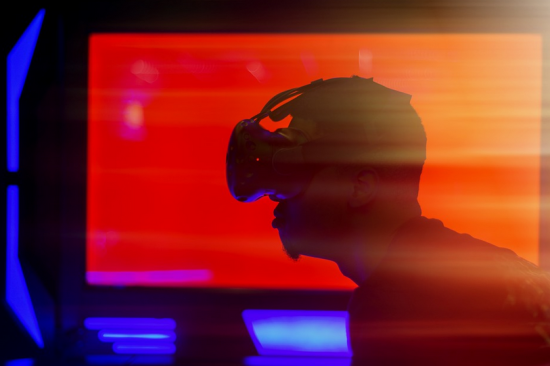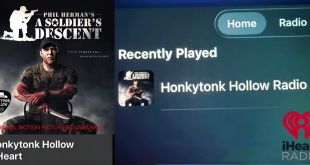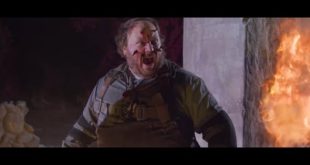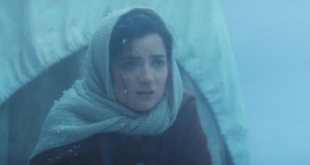VR has made gaming, entertainment, even education so much more interesting, but in the world of live horror added realism makes things particularly exciting. Think of the haunted houses you creep cautiously around every Halloween or the escape rooms that make you question your life – picture those in the super-real VR experience.
It’s an ode to the genre, but are we really ready for the horror VR offers? Well, let’s find out.
Why Horror and VR Make a Great Match
Unlike other genres of film, Horror can be particularly personal. That’s why movies make such a big deal of jump scares, haunted music, and slow burn storylines. But VR is able to take things to a whole new level.
Because VR is an immersive experience, you are not just seeing the action happen, you are in it. You can never look away or hide your eyes when using a VR headset. You feel the terror, and your scream/flight system is activated in ways that other forms of media just are not able to facilitate.
The senses of VR – creaking floorboards, grunts behind your shoulder, shadows skittering across your peripheral vision – can bring the most basic horror story to the next level. a dark hallway in VR feels so much more real because you aren’t watching it; you have to crawl through it and know there could be danger around every corner. This emotional bond can reshape the definition of “scary”.
Coexisting in the Real and the Virtual
A good old-fashioned haunted house is part of the live horror landscape already, but VR could take it to new levels. Rather than merely occupying a physical space, subjects might enter an entire simulated space that will morph as they respond. VR might monitor your heart rate, speed up scares, or even adjust the plot dynamically so it’s still more scary.
Take VR combined with augmented reality (AR) in a mixed package. It might be possible, for instance, to tour a real abandoned warehouse through a VR headset that projects digital monsters, snares and ghosts. Such a crossing of the real and the virtual would be unnatural – impossible not to make a scary convincing experience.
Horror for Everyone
The best part about VR? Instead of brick-and-mortar haunted houses or onsite horror shows, VR tours can be accessed from your own living room. This can be very accessible to people who are not close to a big city, or unable to make travel arrangements for live horror. You just need a VR headset, some room to roam around and you’re good to go.
What’s more, VR horror is scalable so that developers can create for a huge audience. A single haunted house might be a few hundred people per night, but a virtual reality simulation of that same venue could spook thousands, or even millions, of people around the world. This opens up new vistas for smaller creators who want to create original horror without the logistical hassles of owning a physical venue.
It’s the same reason why 10cric’s live dealer tables are so successful alongside online casinos in general – it’s more accessible to a wider audience of people than the real-life counterpart.
What Can Too Much Fear Cause?
There’s a lot to be excited about when it comes to the prospect of VR horror, but that’s not to say that it is all good news. There’s a chance that VR could be too scary, making some users feel traumatised.
So how do we keep these things enjoyable and not traumatic? To some, VR is so realistic that it may exceed what the viewer is comfortable with. There’s also the fact that there’s no way to get away or break away in a particularly high-stakes situation – it might be too much.
That goes without mentioning the issue of access for the anxiety patients and phobias. Is it right to warn people about VR horror’s psychotropic effects? Is it time for developers to design programmable experiences where users are able to restrict the severity of the scares? These ethical considerations matter as VR horror matures.
The Place of Interactivity
Another thing that is distinct to VR horror is the interaction. You’re the passive viewer of your average horror film, screaming at the characters not to make stupid errors. But in VR you’re in control – which is just as frightening. Open the creaking door or re-enter? What do you do, go under the bed or run into the ghost? You decide the script and everything is different.
It’s also this engagement that renders failure intimate. And when you “die” in a VR horror game, that’s because you fell off, not because it was planned. That sense of responsibility can both be terrifying and highly rewarding if the individual is willing to go through the fear.
This means that VR horror has the potential to be truly engaging and rewarding, but at the same time, incredibly terrifying. It stands to reason that VR horror won’t be for everyone, and those that enjoy it may have to be selective in which games they choose to play. Some games will be scarier than others.
Conclusion
As VR becomes more refined, the possibilities for live horror are bound to only expand. These might get more real with better graphics, motion detection and haptic feedback. You’ll be able to feel the ghostly hand on your shoulder or the sounds of footsteps as a demon scuttles down a hallway. These technologies may even sever the line of the impossible, making VR horror the ultimate test of bravery for fear-mongers.
As difficult as that might be, VR could take live horror to places we’ve only wished – or feared. For the genre lovers out there, it’s a great time to be alive (and terrified). It has the power to change the way we perceive horror, making it infinitely more personable and terrifying. Only time will tell if this potential will be realised.
 Horror News | HNN Official Site | Horror Movies,Trailers, Reviews
Horror News | HNN Official Site | Horror Movies,Trailers, Reviews






